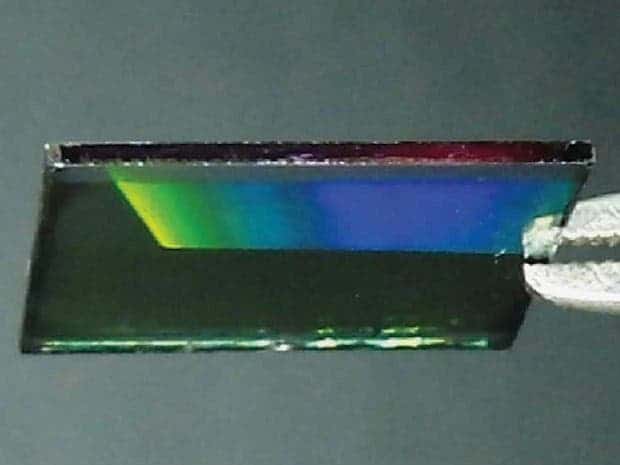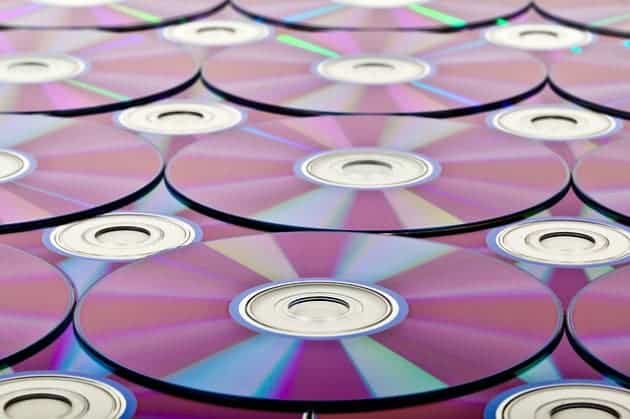Apart from both being shiny, it’s hard to see any connection between a Blu-ray disk and a solar panel. Northwestern University researchers thought outside the box, however, and used the disk’s tiny stamped grooves and pits to make molds for solar panels. Because of the resulting structure’s geometry, the solar cells were able to absorb 21.8% more light. Overall, the conversion efficiency was raised by 12 percent.
Bad movie? Turn it into a solar cell
As solid state drives and cloud storage have taken off, people nowadays see little use in optical storage devices like Blu-ray, let alone DVDs. Why buy a movie when you can stream it? Why store media on an optical device when a flash drive is so much more convenient? It’s a doomed market, but optical storage isn’t completely useless yet; not the Blu-rays at least. Apparently, a Blu-ray disk is an excellent medium for imprinting quasi-random nanostructures, which are essential to solar cells.
The most important parameter in a solar cell is how many photons it can absorb. To increase the number of photons that get trapped, modern solar cells employ so-called quasi-random nanostructures – patterns that are neither too orderly nor too random. To make the molds that print these patterns onto a solar cell is prohibitively expensive, so alternatives have been sought. Some attempts have been made using Blu-ray disks, since these already have a nanostructure built in. If the disk is empty, however, then the resulting patterns are inefficient. However, when the Northerwestern researchers made a mold from a disk filled with the movie Police Story 3: Supercop, a significant surge in photon absorption was reported in Nature Communications.

Optical images of a half-patterned solar cell showing iridescent scattering due to the periodic nature of the Blu-ray pattern. Credit: Northwestern University
When a Blu-ray is written, compressed binary sequences are printed with an error control modulation in the form of islands and pits (the 0 and 1) such that each element is at least two to seven digits long. Since a single digit is 75 nanometers (nm) wide, a full Blu-ray is comprised of grooves and pits ranging from 50 nm to 525 nm in size. Coincidentally, these are near optimal for photon trapping.
The disk’s surface was first delaminated to expose the bits, then a negative mold was made. A polymer active layer was pressed onto the mold and vapor deposition was then used to transfer semiconducting material onto the new cell’s surface. When tested, the Blu-ray patterned cells absorbed 21.8 percent more light than non-patterned panels. Conversion efficiency jumped by nearly 12 percent.
So, quite unexpected. Personally, I believe this is a perfect example of how old tech can still creep up and surprise us. Why re-invent the wheel, when you can use what’s already around you.










